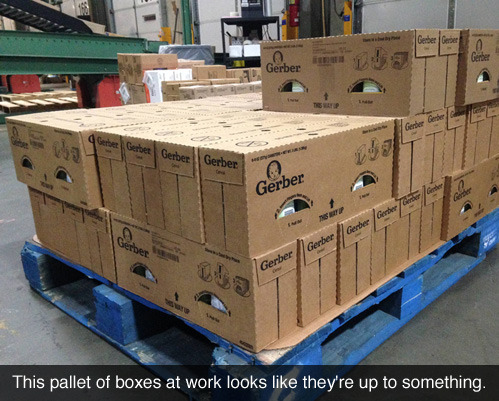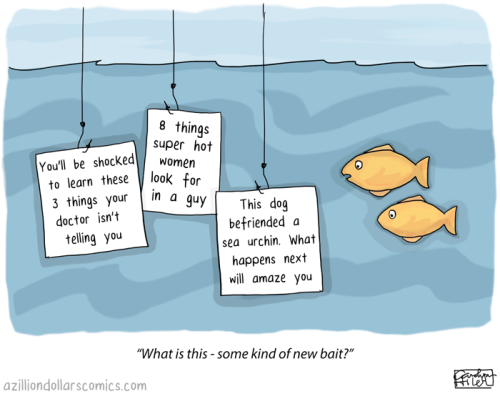I saw "404," and thought, "what couldn't be found?" Well, obviously. Many people have been skiing and snowboarding around town the last couple days, thanks to our 18 inch coating of white mineral grains, and as I commented to @GeoHols earlier, "It's gone beyond troublesome to obscene to freaking hilarious. Not a huge fan of snow, but have to admit I'm enjoying this." The very best was Thursday morning, when a guy on skis was being towed by his dog. He was passing the vehicular traffic.
Photo unmodified. February 7, 2014. FlashEarth Location.
Miscellaneous thoughts on politics, people, math, science and other cool (if sometimes frustrating) stuff from somewhere near my favorite coffee shop.
Saturday, February 8, 2014
Friday, February 7, 2014
Geo 730: Feb. 7, Day 403: Meteorminerology and Geology
Technically, snow is simply a pile of mineral grains. A mineral is "a naturally occurring, inorganic, crystalline solid with a fixed composition, or a composition that varies within a fixed range." Snow (and ice of any kind) meets each criterion of that definition; it is a mineral. And man, oh man, have we a pile of mineral grains in Corvallis right now. I'm guessing about 15-16 inches, rivalling the deepest snow I've ever seen here. As sort of a meta-treat, we're looking at the back side of Wilkinson Hall, the Geosciences building on the Oregon State University Campus. Beyond that is Burt Hall, the Oceanography and Atmospheric Sciences Building. Together, the two house much of CEOAS, OSU's College of Earth, Oceanographic, and Atmospheric Sciences. (I'll head back to SE Oregon in a day or few, but this snow is pretty amazing, and I can't pass it up.)
Photo unmodified. February 7, 2014. FlashEarth Location.
Photo unmodified. February 7, 2014. FlashEarth Location.
Thursday, February 6, 2014
Geo 730: Feb. 6, Day 402: Lahars!
A "lahar" is a volcanic mud and debris flow- volcanic in the sense that the dominant clast type is volcanic in origin. They may or may not be associated with on-going volcanic eruptions. As we'll see in coming days, there are at least two lahars in this panorama, possibly three or even more. Their compositions overall are similar enough that, with the exception of the finer-grained channel fill to the upper left, it's not easy to make distinctions. On the right edge, we can barely make out some finer-grained, yellow-to-orange ash tuff beds, which are gently dipping to the left (NNW, if I have the location right.) between the channel on the right and the beds on the right, is what I'm for the time being presuming is a single larger lahar deposit. I say "for the time being" because I may notice something that indicates otherwise as I scan over these photos from 2 1/2 years ago.
Speaking of "2 1/2 years," that's plenty of time to forget details, like the location, for example. The closer I look at the indicated FlashEarth location, the more confident I feel I've got it right, but I'd be remiss in not admitting I'm still a little uncertain. For one thing, it's farther east and closer to Adel than I recalled.
Photo stitched in HugIn. August 19, 2011. FlashEarth Location.
Speaking of "2 1/2 years," that's plenty of time to forget details, like the location, for example. The closer I look at the indicated FlashEarth location, the more confident I feel I've got it right, but I'd be remiss in not admitting I'm still a little uncertain. For one thing, it's farther east and closer to Adel than I recalled.
Photo stitched in HugIn. August 19, 2011. FlashEarth Location.
Wednesday, February 5, 2014
Geo 730: Feb. 5, Day 401: Wave Goodbye
Actually, I was probably trying to block the glare from the sun as I peered up at the open pits shown in yesterday's photo, judging from the apparent direction of my gaze. This is an interesting spot, unique in the US, which is probably little-known, and certainly not well remembered. While visitors can't get a very good sense of the now-defunct nickle mine, they can find the occasional souvenir from that operation in the form of a pretty green nickle mineraloid. And the peridotite is as nice and fresh as any I've seen anywhere, including labs. It's a quick and easy stop off I-5 in southern Oregon, and I recommend it.
Photo by Dana Hunter, unmodified. May 9, 2013. FlashEarth Location.
Photo by Dana Hunter, unmodified. May 9, 2013. FlashEarth Location.
Tuesday, February 4, 2014
Geo 730: Feb. 4, Day 400: Open Pit
Looking up Nickle Mountain from the entry area to what is now the Green Diamond operation, you can see one of the enormous trenches where the garnierite nickle ore was excavated. As is the case with many mines, the Hanna Nickle Mine had its own unique engineering problems. In this case, the mountain is so steep that getting the ore down safely was difficult. This problem was overcome by building a tram to carry it down the mountainside. Generators converted the energy of descent into electricity that supplemented the smelting process. (This information comes from a Flickr photo set I browsed through a couple days ago, but I can't get it to load right now... perhaps the site is having problems. I'll try to link the set later.) Follow up: The photo set is here, but doesn't mention the power generation aspect of the tram. Not sure where I got that tidbit, or if it should be considered accurate.
Photo by Dana Hunter, unmodified. May 9, 2013. FlashEarth Location.
Photo by Dana Hunter, unmodified. May 9, 2013. FlashEarth Location.
Monday, February 3, 2014
Geo 730: Feb. 3, Day 399: Garnierite
The greenish splotches are the nickle mineraloid, garnierite. Samples aren't trivial to find- that is, expect to spend some time looking and "getting an eye" for them, but neither are they terribly difficult to find. My main problem is that I don't see greens (or reds) very well, though in this case, the bright sunshine helped. And I was able to pick out bits that looked like the right texture and luster, and as if they *might* be green, and tote them over to Dana to get her opinion. That way, she began to be able to find bits on her own.
This is by no means an important or "should be known" geological resource, but it's rare, an oddball with an interesting story. And that goes a long way with me.
Photo unmodified. May 9, 2013. FlashEarth Location.
This is by no means an important or "should be known" geological resource, but it's rare, an oddball with an interesting story. And that goes a long way with me.
Photo unmodified. May 9, 2013. FlashEarth Location.
Sunday, February 2, 2014
Superb Owl Sunday Funnies
This has been around for at least several years, and I have no idea who should be credited. And on the opposing team...
Blackadder
The Awkward Yeti
Sober in a Nightclub
Bizarro
Tastefully Offensive
Very Demotivational
PhD Comics
A Zillion Dollars Comics
Bad Newspaper
Tree Lobsters
Darius Whiteplume
Tastefully Offensive
Tastefully Offensive
Dr. Boli
Dr. Boli
Bits and Pieces
Poorly Drawn Lines
Tom Tomorrow
How a PCV Puts It Gently
Are You Talking to Meme?
Cheezburger
Bits and Pieces
A Zillion Dollars Comics
Tom Gauld
What Should We Call Grad School?
Very Demotivational
Wil Wheaton
Are You Talking to Meme?
Cheezburger
Fowl Language Comics
Blackadder
The Awkward Yeti
Sober in a Nightclub
Bizarro
Tastefully Offensive
Very Demotivational
PhD Comics
A Zillion Dollars Comics
Bad Newspaper
Tree Lobsters
Darius Whiteplume
Tastefully Offensive
Tastefully Offensive
Dr. Boli
Dr. Boli
Bits and Pieces
Poorly Drawn Lines
Tom Tomorrow
How a PCV Puts It Gently
Are You Talking to Meme?
Cheezburger
Bits and Pieces
A Zillion Dollars Comics
Tom Gauld
What Should We Call Grad School?
Very Demotivational
Wil Wheaton
Are You Talking to Meme?
Cheezburger
Fowl Language Comics
Geo 730: Feb. 2, Day 398: Puzzling Over Something...
I have no idea what I was pondering here, or if my beard just needed scratching.
Photo by Dana Hunter, unmodified. May 9, 2013. FlashEarth Location. Indexed.
Photo by Dana Hunter, unmodified. May 9, 2013. FlashEarth Location. Indexed.



































